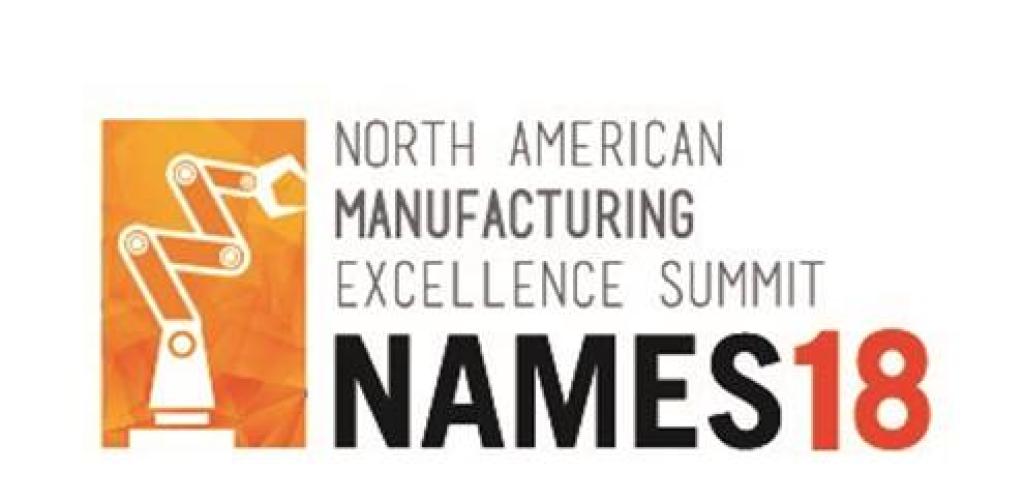
Digital Transformation is a Balancing Act - Wind River @ NAMES 2018

Last week at the North America Manufacturing Excellence Conference 2018, I hosted a round table on “Will industry 4.0 require a complete overhaul of my systems or can I keep some of my legacy equipment?” Across the round table and meetings, I had an opportunity to talk to executives from key manufacturers including General Motors, Johnson & Johnson, Eaton, Bosch Rexroth, Sanofi and Cummins.
The following key messages were generated from the discussions:
- Fostering innovation while driving momentum of the digital transformation initiative is a balancing act. On one side, leaders want to encourage and foster ground-up innovation, top-down mandates are crucial to keeping up the momentum of converting innovation into substantial ROI. Plan for a system that allows for rapid innovation but is ready for transition into production.
- Strategy is really key but it is also a moving target. Start by asking what can you do with data and how do you plan for flexibility. No single supplier will meet all the needs. Get started now. Don’t wait to have the perfect strategy in place. And as you define the strategy, identify your key partners that will help you get there.
- Choosing a “hero” site, or a lighthouse site, is important but not enough for ensuring success. The hero site is a critical tool in driving the focus, scoping out the investment size, validating the hypothesis and, more importantly, for identifying the need for culture change management. Though the success, ultimately, is defined by the ability to scale from the “hero” site to multiple sites. In addition to your hero site, think about the next 2-3 sites for rolling out your top initiative.
- Standardization on the implementation and maximizing commonalities on the implementation of digital transformation initiatives is seen as an important success metric. In addition to defining top initiatives and implementation guidance, driving adoption is also critical. This applies to both OT systems e.g. DCS (Distribution Control System) and MES (Manufacturing Execution System), as well IT systems e.g. ERP (Enterprise Resource Planning) software package versions.
- While standardization across sites has important benefits such as lower maintenance and upgrade costs, it is important to acknowledge the differences across product lines and geographical locations. Plan for appropriate level customization across sites in your strategy so that the long term ROI is not sacrificed for the sake of standardization.
- Digital transformation is a top driver across the entire industry. While companies are at very different stages of progress, the end-goal remains the same. Learning from each other is critical to accelerating the industry. IT and OT are rapidly converging and for a good cause e.g. having different versions of the ERP systems can be as big an impediment as not being able to unlock data from your machines.
Industrial IoT and digital transformation are seeing industry-wide rapid progress towards the Manufacturing 4.0 vision. Wind River is working with leading global technology companies to balance innovation, strategy and adoption. Let us know if we can help accelerate your strategic initiatives.

